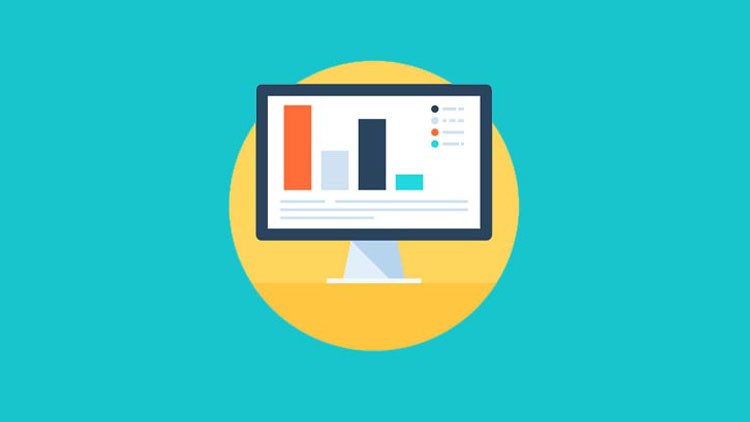
Learn Accounting in the simplest way. 101 to advanced level.
What you will learn
Learn concepts relating to income statements such as fiscal year and calendar year, the format of the income statement, profit margin calculations
Learn non-recurring items, changes in accounting estimates, and methods of revenue recognition.
Learn balance sheet and its various components such as current assets, current liabilities long-term assets, long-term liabilities, and shareholder’s equity.
Learners will also gain knowledge about the preparation of cash flow statements using direct and indirect methods, along with practical examples.
Description
The training is specially designed to meet the learning desires of those who connected with the accounting field. The course is a detailed one that will take you through various accounting concepts that will help you with practical application in real life. The course is aimed to provide the learners with essential concepts of accounting domains such as financial accounting, accounting standards, cost accounting, and other relevant concepts. At the end of the course, learners will be well equipped with knowledge regarding important accounting concepts.
The training will commence with a lecture on the introduction to financial accounting.
A session will be run to explain concepts relating to income statements such as fiscal year and calendar year, the format of the income statement, profit margin calculations, non-recurring items, changes in accounting estimates, and methods of revenue recognition.
An understanding will be developed on the preparation of balance sheet and its various components such as current assets, current liabilities long-term assets, long-term liabilities, and shareholder’s equity.
Learners will also gain knowledge about the preparation of cash flow statements using direct and indirect methods, along with practical examples.
It refers to the recording the Day to day Business transactions in the Books of Accounts and preparing the Financial Statements at the year-end.
In simple terms, Accounting refers to record-keeping of all the financial transactions of the Business daily to run the Business Smoothly.
It means Book-keeping of all the financial and Non-Financial Activities of the Business i.e it’s the process of Summarizing, recording, analyzing the Transactions.
It can be divided into Management Accounting, Financial Accounting, Cost Accounting.
Every Company has an Accounts department to take care of the Financial Transactions of the Business and to provide with the latest Reports on the Performance to the Management.
In recent times, there has been a change in the Accounting Standards that need to be followed globally i.e Every Company should prepare its Financial Statements as per IFRS only so that all are comparable to each other.
Generally, a CPA is appointed by Companies to take care of the Accounting Activities of the Company.
Content